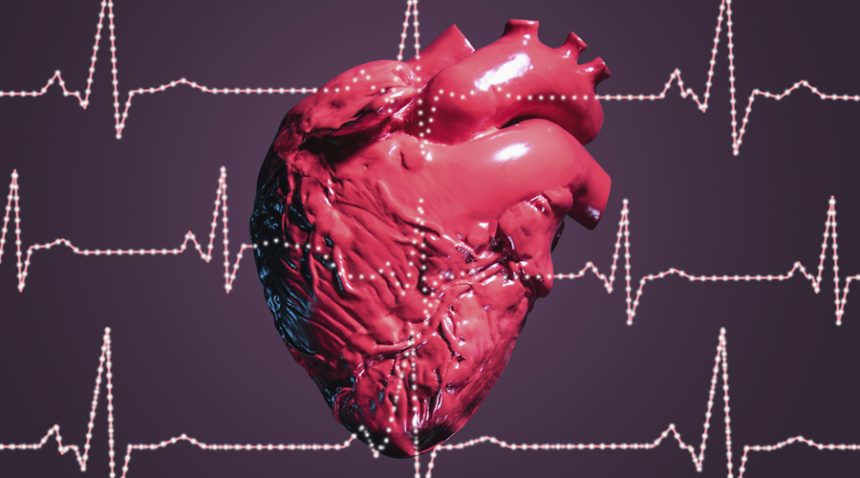A tackle during an NFL game that caused Buffalo Bills safety Damar Hamlin, 24, to collapse may have triggered a condition called commotio cordis.
We talked to UNC Health cardiologist Christopher Kelly, MD, to learn more about commotio cordis and who it affects.
What is commotio cordis?
To understand what commotio cordis is, it’s helpful to know how the heart works. Normally, your heart contracts because of a wave of electricity that passes through the heart muscle. This electrical wave is generated by special cells in your heart. The rate that this wave passes through your heart is called your heart rhythm, and it happens regularly for most people.
Commotio cordis occurs when you experience a trauma to your chest that can cause additional waves of electricity to pass through the heart muscle. The extra waves throw off your normal heart rhythm—which can be deadly.
“What happens is you get a blow to the chest that is strong enough that it actually generates a small amount of electrical activity, and at certain points in the normal heart rhythm, stimulation by extra electrical activity can trigger a lethal abnormal heart rhythm,” Dr. Kelly says.
The trauma—or blow to the chest—has to occur during a heartbeat and hit near the center of the heart’s left lower chamber, or ventricle.
“Essentially, you get a large blow to the chest at just the wrong spot at just the wrong moment, which results in a sudden arrhythmia (irregular heart rhythm) that can be fatal,” Dr. Kelly says.
Commotio cordis can happen even when someone doesn’t have an existing heart condition.
How common is commotio cordis?
Commotio cordis is very rare. Only about two dozen cases are reported every year.
“It’s actually more common in activities like martial arts and sometimes baseball, if you catch a baseball to the chest. It’s pretty uncommon in football,” Dr. Kelly says. “Football’s extremely dangerous for a variety of reasons, but this is generally not one of them.”
Although it is rare, commotio cordis is a leading cause of sudden cardiac death among young athletes.
And it doesn’t just happen in sports—any blow to the chest that occurs at a specific time and lands in just the right place can trigger commotio cordis.
How do you treat commotio cordis?
Usually, the only way to stop the additional waves of electricity is to shock the heart back into a normal rhythm.
“When you apply a defibrillator to the chest, it releases a large amount of electricity that essentially resets all of the electrical cells in the heart, and generally they’ll reset back into a normal rhythm,” Dr. Kelly says. “Until a defibrillator is available, though, it is critical to perform high-quality CPR.”
Can you recover from commotio cordis?
It is possible to recover from commotio cordis if immediate action is taken after the trauma to the chest.
“If a young person has a cardiac arrest, gets CPR promptly and their heart resumes beating, they usually do pretty well, but only time will tell,” Dr. Kelly says.
Worried about your heart? Talk to your doctor. If you need a doctor, find one near you.

